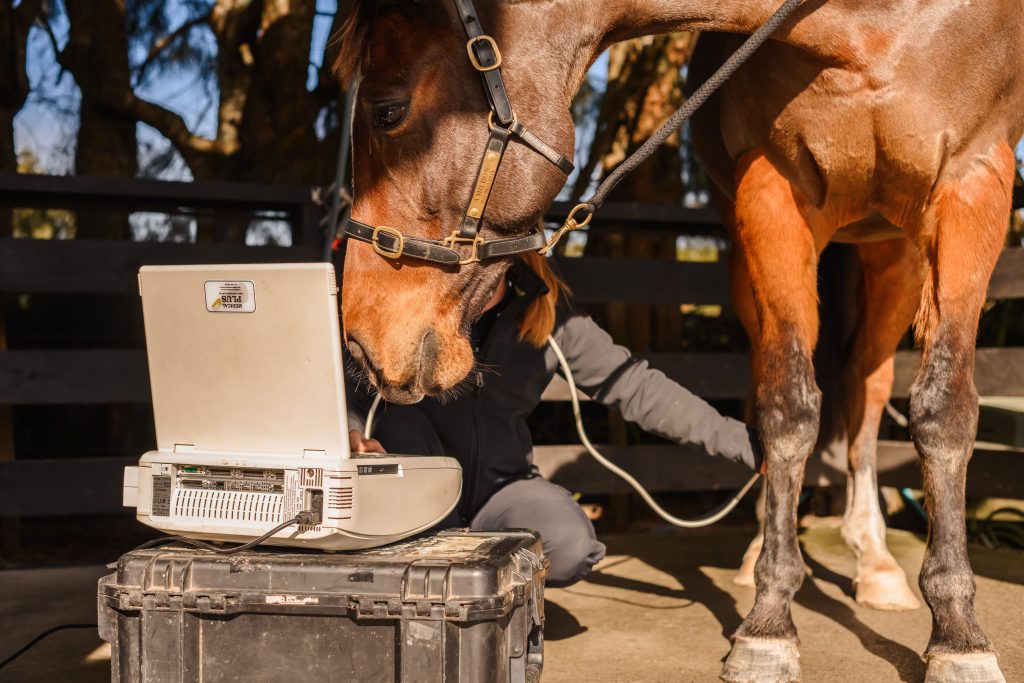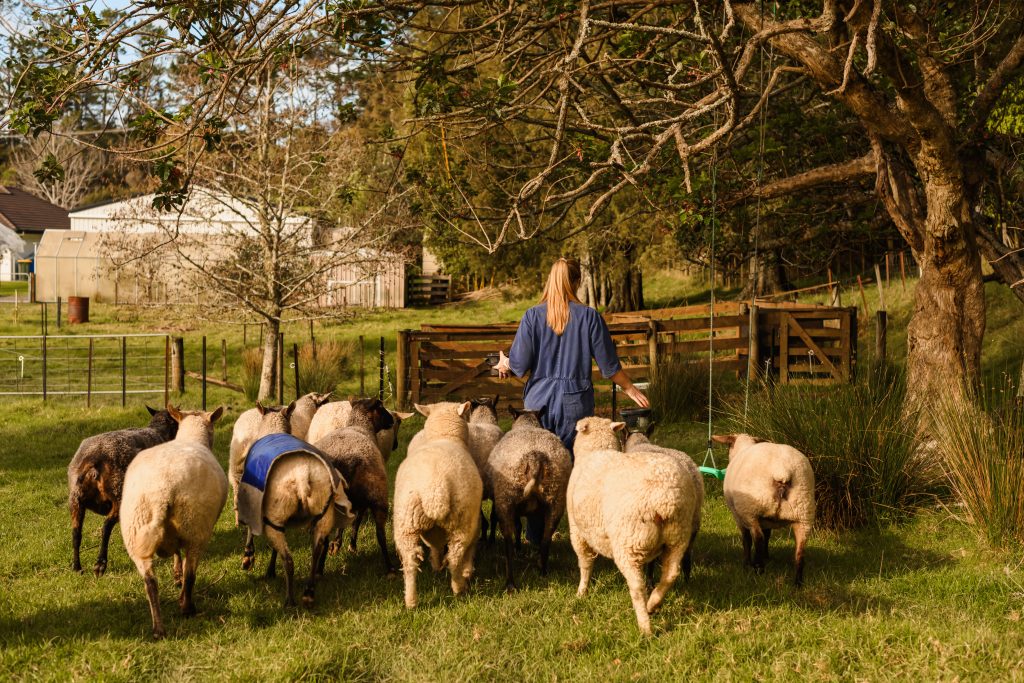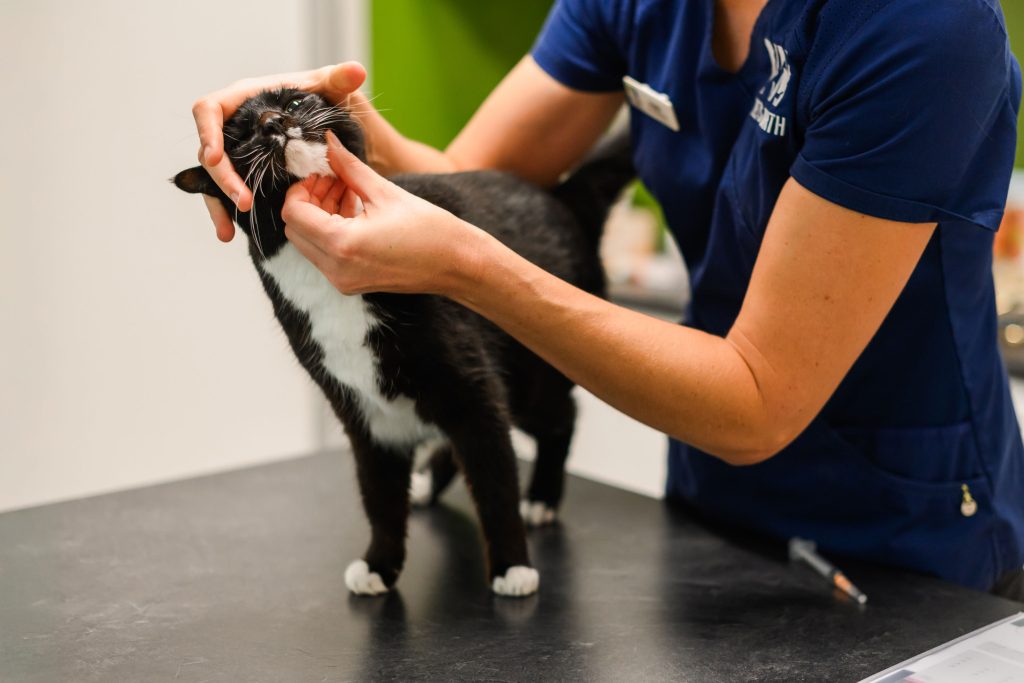Equine First Aid: What Every Horse Owner Should Know

At Vets North, we know how quickly horses can go from happy in the paddock to needing urgent veterinary attention. Being able to recognise the early signs of common emergencies – and knowing what to do while you wait for us – can make a big difference to your horse’s outcome.
Lameness & Hoof Problems
A horse that is suddenly non-weight bearing lame is always a concern. Common causes include foot abscesses, penetrating wounds, pedal bone fractures, laminitis, or septic joints. Each needs a different treatment plan, so the best step is to call your vet immediately.
- Foot abscesses: Bacteria enters through small cracks in the sole or the white line, causing a pocket of pus within the foot. We’ll pare the hoof to identify the tract and drain the abscess, poultice administer pain relief or tetanus cover if needed.
- Penetrating wounds: Never remove the object yourself – it helps guide diagnosis and treatment. We’ll X-ray first, then safely remove the foreign body and provide the appropriate aftercare.
- Pedal bone fractures: Often mimic an abscess but will have history of trauma to the foot, commonly after a horse has kicked a hard surface. X-rays confirm diagnosis, and prognosis depends on location and size of the fracture.
- Laminitis: This is a very painful condition leading to rotation of the pedal bone within the foot. Horses may rock back onto their hindlimbs, show heat in the hooves, or refuse to move. Treatment combines pain relief, supportive farriery, and strict rest.
Skin & Limb Conditions
- Cellulitis: A bacterial infection of soft tissue under the skin, causing heat and swelling which can spread throughout the limb rapidly. Prompt treatment with antibiotics and anti-inflammatories usually resolves cellulitis within a week.
- Mud fever: Caused by persistent wet, muddy conditions, leading to scabs and inflammation around the pastern. This is typically a bacterial infection but can also be fungal. Prevention is best, but treatment may involve careful clipping, cleaning, barrier creams, or systemic medication in severe cases.
Colic
Colic remains one of the most common equine emergencies. Signs of colic include rolling, pawing, flank-watching, stretching out, and reduced droppings. While most cases respond well to medical management, some may require referral for further monitoring, or even surgery. Call us straight away, and while waiting, keep your horse walking if it is safe to do so.
Eye Conditions
A swollen or painful eye should always be treated promptly. Possible causes include corneal ulcers, uveitis, conjunctivitis or trauma. Because eye conditions can deteriorate rapidly, call your vet immediately and keep the eye protected with a fly mask or in a dark stable until we arrive.
Choke
Choke occurs when food becomes lodged in the oesophagus, not the airway. Signs include coughing, nasal discharge, and stretching of the neck. Most cases self-resolve within 30 minutes, but if it persists beyond this time, call your vet who will pass a stomach tube to clear the obstruction. Never attempt to syringe fluids into the horse’s mouth, as this risks aspiration of fluid into the lungs.
Wounds
Wounds vary in severity, and not all are suitable for bandaging or stitching. Contact your vet if you see:
- Wounds over joints
- Heavy bleeding
- Exposed bone, tendon, or ligaments
- Wounds associated with lameness
- Wounds that are not healing
Flush with clean water, apply pressure if bleeding, and keep your horse calm until we arrive.
The Take-Home Message
When it comes to equine first aid, the golden rule is simple: call your vet early. While basic first aid can help keep your horse comfortable, timely veterinary care is the best way to ensure a positive outcome.
At Vets North, our equine team is here to support you and your horse 24/7. If you are ever in doubt – call us.


